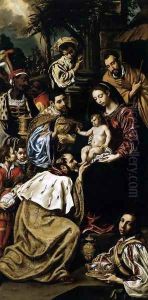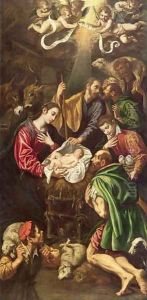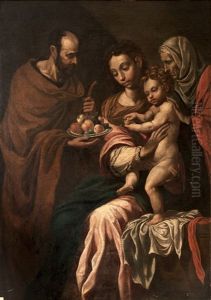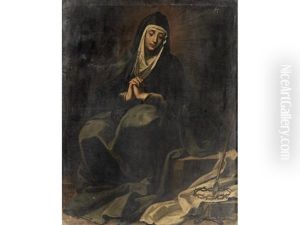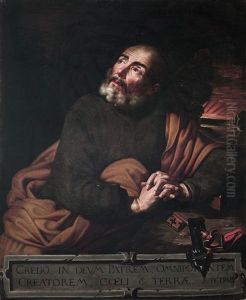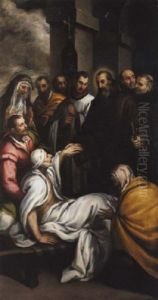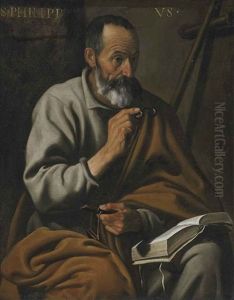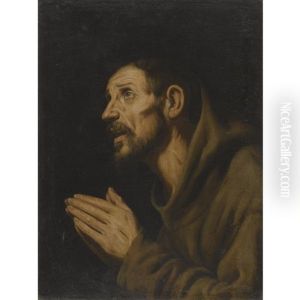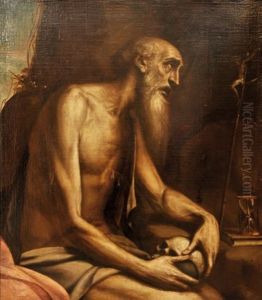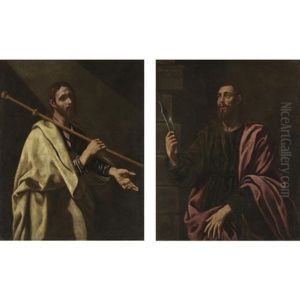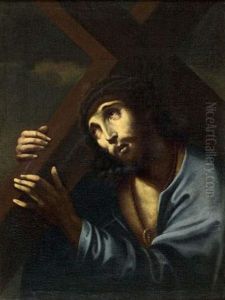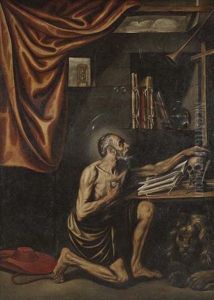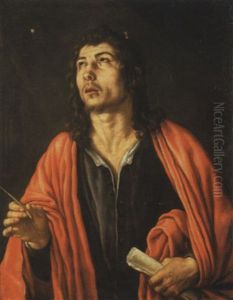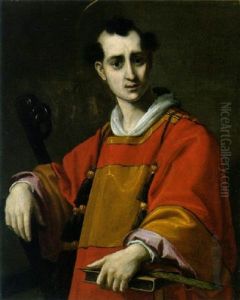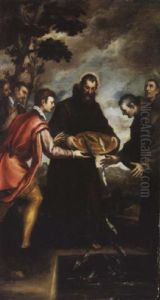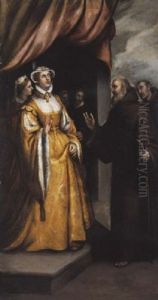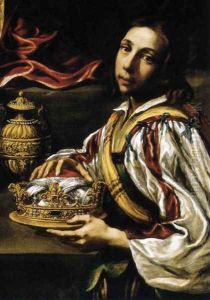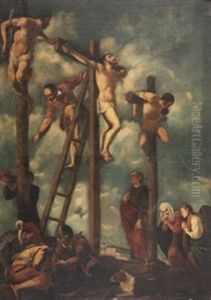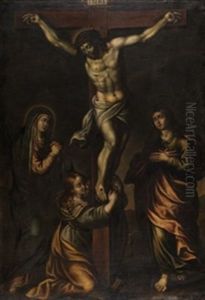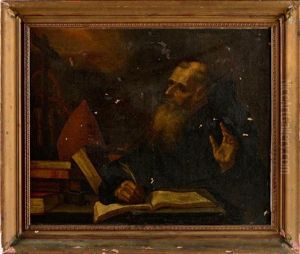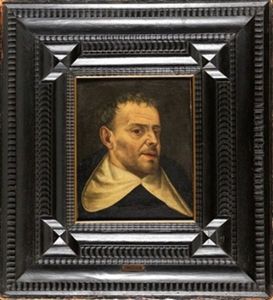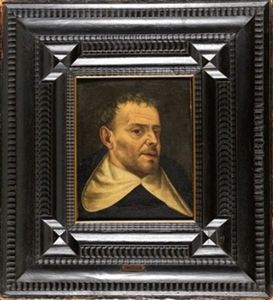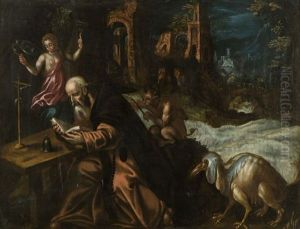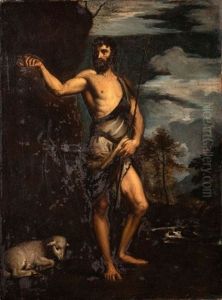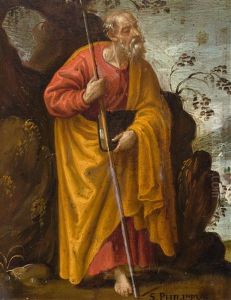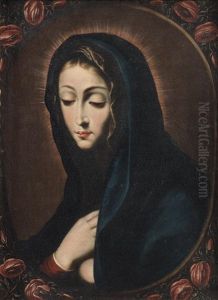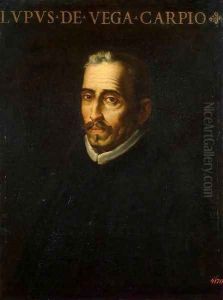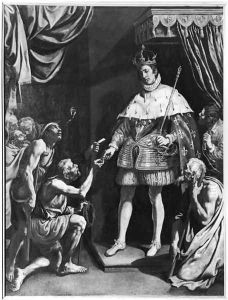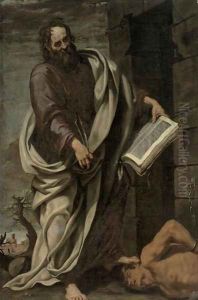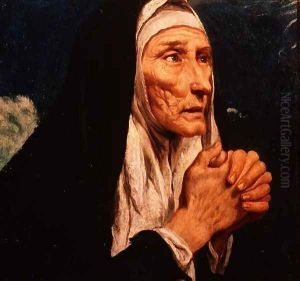Luis Tristan De Escamilla Paintings
Luis Tristán de Escamilla, born in 1585 in Toledo, Spain, was a prominent figure in the Spanish Renaissance painting scene. His life and career were deeply influenced by the city of Toledo, a cultural and artistic hub during his time, and notably, he was one of El Greco's most talented pupils. Tristán's work is often characterized by a blend of his master's dramatic style and his own unique approach to color and form, making him a distinctive voice in the transition between the Mannerist and Baroque periods in Spanish art.
After apprenticing under El Greco in the early 17th century, Tristán began to develop a style that, while reflective of his mentor's influence, also showcased his individuality as an artist. His ability to infuse traditional religious subjects with a sense of realism and emotional depth set him apart from his contemporaries. Tristán's paintings are known for their vivid depiction of human figures and the use of light to create depth and volume, techniques that would come to be associated with the Baroque movement.
Despite his promising career, Luis Tristán's life was cut short when he died in 1624. During his relatively brief career, he managed to produce a significant body of work, including altarpieces, portraits, and religious paintings that were highly prized by the churches and nobility of Spain. His works can be found in various Spanish churches and museums, where they continue to be studied and admired for their contribution to the evolution of Spanish art.
Tristán's legacy is that of an artist who bridged two important artistic movements, incorporating the expressive, dramatic elements of Mannerism with the emerging clarity and detail-oriented approach of the Baroque. His death marked the loss of a profoundly influential artist who had the potential to further shape the trajectory of Spanish painting. Today, Luis Tristán de Escamilla remains celebrated for his mastery of color, composition, and the emotional intensity of his paintings, securing his place among the notable figures of the Spanish Renaissance.
